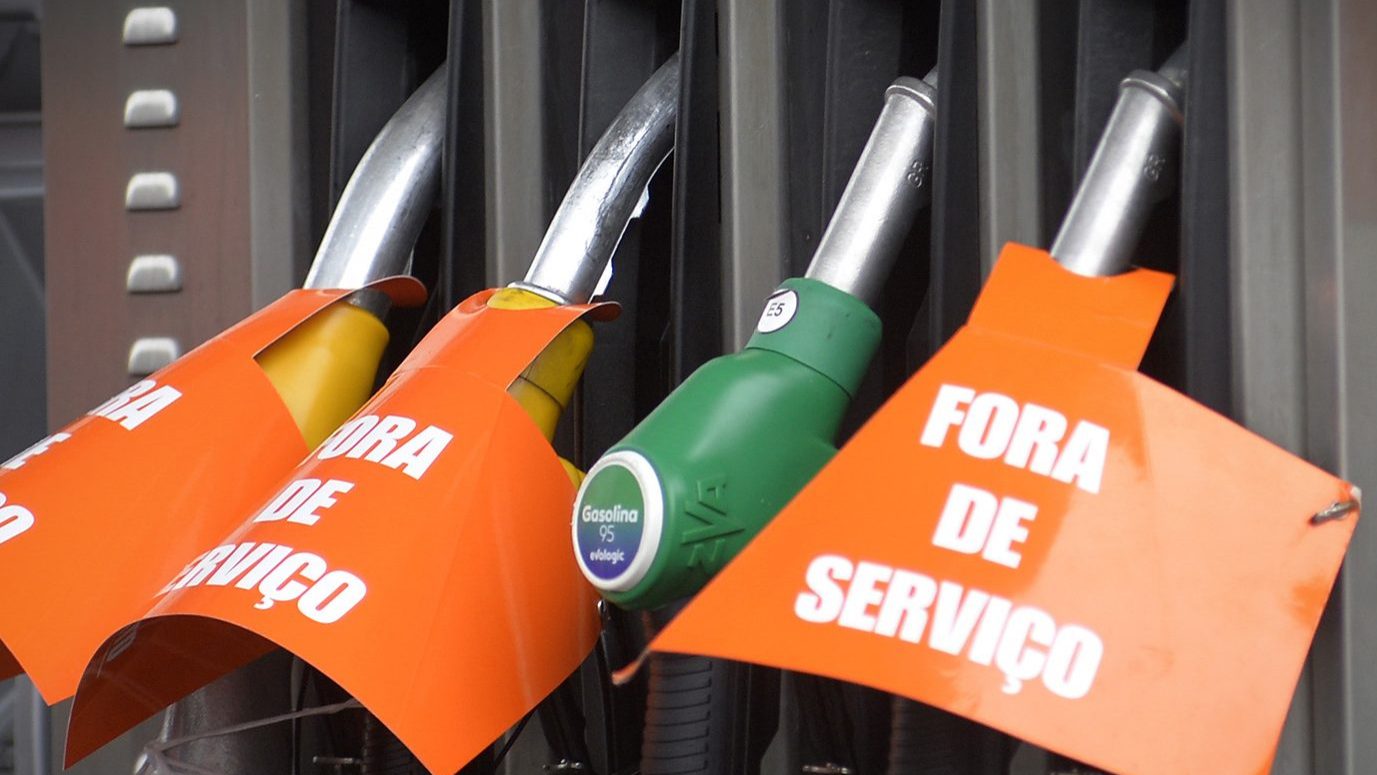Lisbon pollution exceeds WHO recommendations
Calçada de Carriche (Lumiar), Alameda da Encarnação, Avenida 24 de Julho and Avenida Infante Dom Henrique, in Santa Apolónia, were the areas with the highest levels of nitrogen dioxide pollution.
Some areas of Lisbon have pollution levels higher than allowed by the World Health Organization (WHO), highlighting the Santa Apolónia cruise terminal and some bicycle paths, according to a study released on Monday.
The data for this study, conducted by researchers from the centres for Research and Studies in Sociology (CIES-Iscte), Research in Information Sciences, Technologies and Architecture (ISTAR-IUL) and Natural Resources and Environment (CERENA), were collected by 80 sensors between August 2021 and July this year.
A note released by the authors of the study explained that the values of nitrogen dioxide (N02) and suspended particles PM10 were analysed and they concluded that, in certain areas of the city, they “exceed the parameters defined” by the WHO.
“The cruise terminal in Santa Apolónia, as well as the cycle paths in certain arteries of the capital, are areas with high levels of pollution that can be harmful to health. The current research said, following previous studies, high traffic and maritime transport as determining factors in the situations of pollution recorded in Lisbon,” the note said.
With regard to nitrogen dioxide, the researchers found that, during the period of analysis, the values in the city were, on average, 71.08 μg/m3, “well above the threshold defined by WHO”, which is 10 μg/m3.
Calçada de Carriche (Lumiar), Alameda da Encarnação, Avenida 24 de Julho and Avenida Infante Dom Henrique, in Santa Apolónia, were the areas with the highest levels of nitrogen dioxide pollution.
Regarding the concentration of PM10 suspended particles, the most worrying levels were detected in Calçada da Ajuda, Rua dos Sapadores (Graça), Avenida Fontes Pereira de Melo, Avenida Alfredo Doutor Bensaúde (Olivais) and Calçada de Carriche.
Regarding PM10 particles, the WHO sets the daily average limit at 45 ug/m3 and the annual average limit at 15 ug/m3.
“Although the average daily limit in none of the sensors used was exceeded on more than 10% of the days, the average annual value was 15.7 μg/m3, slightly exceeding the limit set by the WHO,” the researchers explained.
According to the study’s conclusions, traffic and maritime transport are pointed out as possible causes for pollution levels exceeding the parameters set by the WHO.
Besides these factors, the study also points to issues such as residential and commercial heating, construction and industry as sources of pollution, in addition to “natural phenomena such as dust from the Sahara desert”.
According to the authors of this study, the WHO states that “exposure to nitrogen dioxide and PM10 particles increases the risk of chronic diseases such as acute respiratory infections, cardiovascular diseases, chronic obstructive pulmonary disease and lung cancer.
In this sense, the researchers defend the need for “periodic and constant monitoring” of air quality.
“It is necessary to collect data that allows municipalities to act preventively and identify the areas that need intervention and the level of action required,” say the researchers, also recommending the expansion of the distribution network of sensors of air pollution indicators to more locations.
Increasing the green areas, extending the pedestrian circuit in the city and “constructing and renovating buildings so that they are energy efficient” are other proposals advocated by the researchers, who also advise using public transport, car sharing or cycling.


